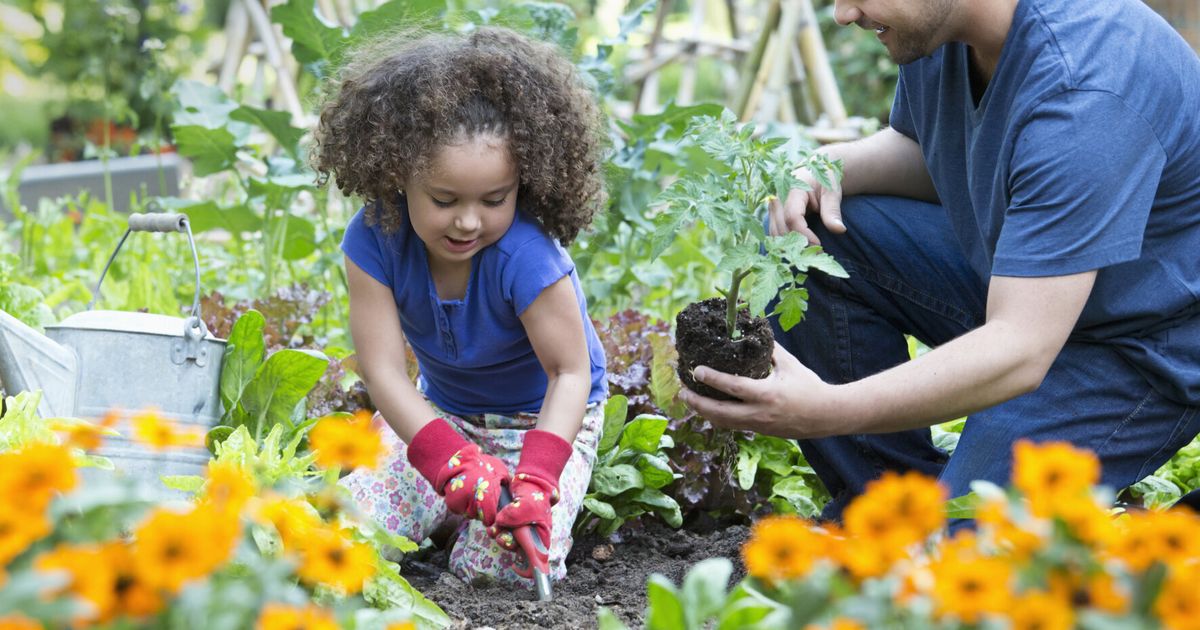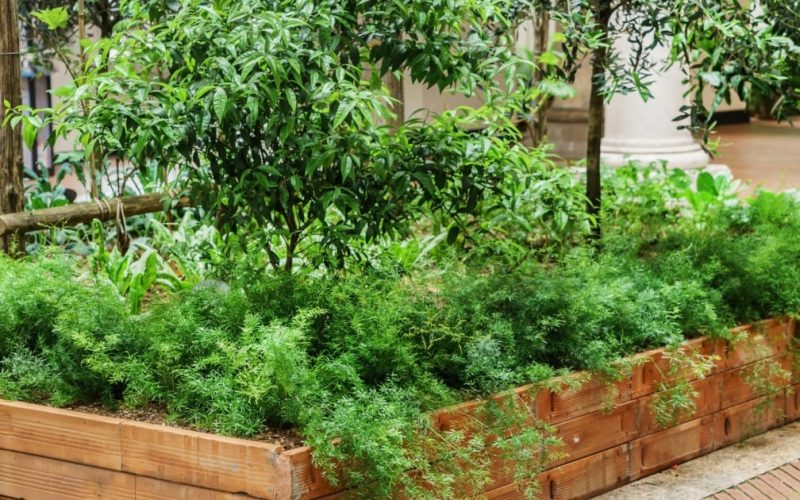Community Garden is a rewarding and impactful to bring people together, promote sustainability, and cultivate a sense of community. Community gardens provide a space for neighbors to grow fresh produce, beautify the neighborhood, and engage in collaborative gardening efforts. In this guide, we will walk you through the to start a community successfully, from planning and organizing to nurturing a thriving green space that benefits both individuals and the community at large.
1. Location:
The first step in starting a community garden is to identify a suitable location that is easily accessible, receives ample sunlight, and has access to water. Look for open spaces such as vacant lots, unused land, or parks that can be transformed into a community garden. Consider factors such as soil quality, drainage, and proximity to the community to ensure the garden’s success.
2. Gather Community Support:
Building community support is essential for the success of a community garden. Engage with neighbors, local organizations, schools, and businesses to garner enthusiasm and support for the garden project. Host community meetings, distribute flyers, and create social media campaigns to raise awareness and gather volunteers interested in contributing to the garden’s development.
3. Form a Garden Committee:
Establishing a garden committee composed of dedicated individuals who are passionate about gardening and community involvement is crucial for managing and maintaining the community garden. The garden committee can oversee planning, fundraising, volunteer coordination, and garden maintenance activities, ensuring the garden operates smoothly and effectively.
4. Develop a Garden Plan:
Create a comprehensive garden plan that outlines the layout, design, and goals of the community garden. Consider dividing the garden into plots for individual gardeners, communal areas for shared planting, and spaces for educational workshops and events. Include details on plant selection, irrigation systems, composting practices, and sustainability initiatives in the garden plan to guide the development of the garden.

5. Secure Funding and Resources:
Securing funding and resources is vital for establishing and maintaining a community garden. Explore grant opportunities, seek donations from local businesses, organize fundraisers, and solicit in-kind donations of gardening tools, seeds, soil, and materials. Collaborate with local government agencies, non-profit organizations, and community members to secure the necessary resources for the garden project.
6. Prepare the Site:
Before planting begins, prepare the garden site by clearing weeds, tilling the soil, amending the soil with compost or organic matter, and installing necessary infrastructure such as raised beds, fencing, and water access points. Engage volunteers from the community to help with site preparation, fostering a sense of ownership and pride in the garden.
7. Plant and Maintain the Garden:
Once the garden site is prepared, it’s time to plant seeds, seedlings, and crops in the community garden. Organize planting days where community members can participate in sowing, watering, weeding, and caring for the garden. Establish a garden maintenance schedule to ensure that the garden is tended to regularly, with tasks assigned to volunteers or garden committee members to maintain the garden’s health and beauty.
8. Foster Community Engagement:
Community gardens serve as hubs for social interaction, education, and connection among community members. Organize workshops, classes, harvest festivals, and social events in the garden to foster community engagement and build relationships among gardeners. Encourage sharing of knowledge, resources, and produce within the community to strengthen the bonds formed through the community garden.
9. Implement Sustainable Practices:
Incorporate sustainable practices into the community garden to promote environmental stewardship and conservation. Practice water conservation, organic gardening methods, composting, and recycling within the garden to minimize waste and reduce the garden’s ecological footprint. Educate gardeners and community members on sustainable gardening practices to cultivate a culture of environmental responsibility in the garden.

10. Evaluate and Celebrate Success:
Periodically evaluate the success and impact of the community garden by assessing garden productivity, community engagement, volunteer participation, and satisfaction levels. Celebrate achievements, milestones, and successes in the garden through community gatherings, harvest festivals, and recognition of dedicated gardeners and volunteers. Reflect on lessons learned and feedback received to continuously improve and enhance the community garden experience for everyone involved.
Conclusion:
Starting a community garden is a transformative endeavor that not only beautifies neighborhoods and provides access to fresh produce but also fosters a sense of community, connection, and belonging among residents. By following the steps outlined in this guide, you can create a vibrant and sustainable community garden that serves as a space for collaboration, education, and shared enjoyment of gardening. Embrace the power of community gardening to nurture relationships, promote sustainability, and cultivate a thriving green oasis that brings people together in harmony with nature.










